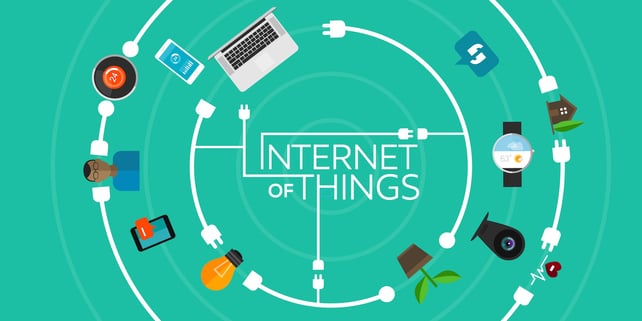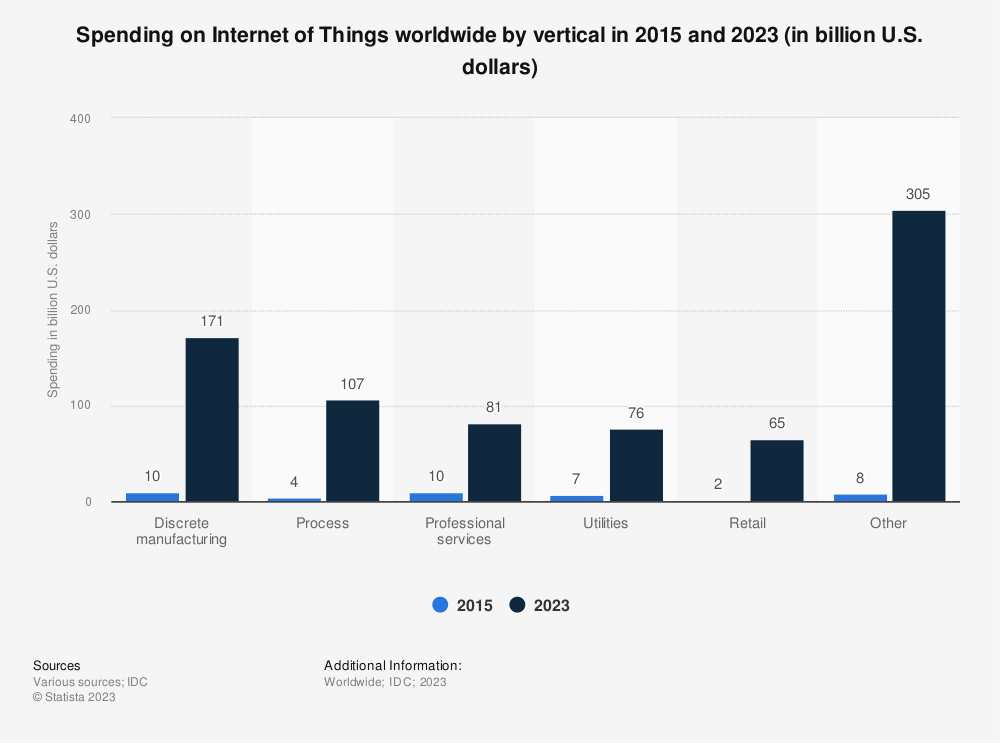
Internet of Things (IoT) has taken automation to another level. With use cases extending from airplanes to houses, the IoT industry is likely to bring the next wave of tech innovations. It is already a part of the Industry 4.0 - the fourth industrial revolution in the making. Since connectivity has become an integral part of our lives, we can expect some growth of IoT in the consumer goods as well. Contrary to the popular forecasts by industry pundits, the Consumer IoT has not yet become mainstream. What do you think are possible reasons for the limited growth and what can business do about them?
Consumer IoT - A Quick Recap:
For those who are still scratching their head after reading the above passage - here is what we mean by consumer IoT:
Internet of Things (IoT) refers to establishing connectivity between devices which are not powered by computer technology. This connectivity between otherwise “dumb” devices allows for remote monitoring, control, and automation. When we bring consumer devices into this network then it is referred as Consumer Internet of Things or (CIoT).
Examining the Market Dynamics of Consumer Internet of Things:

Find more statistics at Statista
Majority of successful IoT implementations have taken place in the industrial sector. In the case of consumer goods, there have been quite a number of innovations but the market penetration is very limited. The primary reasons for limited growth include:
- Interconnectivity of devices raises security concerns about the breach, theft, and manipulation of data. 45% of U.S. broadband households are concerned that hackers might gain unauthorized access to a smart home product/device. Unlike industries, households cannot afford a security team hence they are vulnerable to cyber attacks. You will also panic if an outsider gains access to your so-called smart home, won’t you?
- Majority of devices currently in the market fail to solve a compelling desire. They act like mere showpiece that would only appeal to early adopters. Producers need to shift their focus to real problems. That is the only way to break into the market of the vast majority that will only spend on value and not on some sci-fi experience.
Possible Applications of Consumer IoT:
Here are some possible applications of IoT in consumer devices that will likely see wide adoption:
1. Care for Elders:
Many of us can relate to the feeling when our elders rely on us for care. People have to move cities, settle them in care homes, arrange 24x7 care and even sit beside them for support. The thought of losing our dear ones can be overwhelming. An application from Temboo has made interesting efforts in this regard. By combining inputs from a microphone, motion sensor, paging service and real-time streaming data, the activities of seniors can be effectively monitored. An alert can be sent to adults or caretakers if something goes wrong. Soon we might see more sophisticated applications for this purpose.
2. Security Systems:
Anyone who has ever faced a burglary can understand the feeling. When it comes to advanced home technology our first priority is always on security. Many will be willing to invest huge capital for ensuring the best possible security of their homes. In fact, the market penetration of advanced home security is already very strong. Nearly 25% of U.S. broadband households have an active security system. 65% of the remaining plan to buy a smart home device within the year. This makes security market a great bet for future developments as they would appeal to a large portion of the risk-averse population.
3. Smart Homes:
The smart home is the most popular application of consumer IoT. The idea also made it to major trend lists on the IoT applications. When it comes to smart homes the first idea that pops up is the voice-controlled appliances. That is the most appealing and fancy use of IoT in houses. But it is not just limited to that. By using IoT in home appliances we can enable automation and efficient resource management. This benefit is also equally appealing to the consumers. Over 60% of U.S. broadband households give importance to saving energy and lowering utility bills.
4. Wearable Tech:
Wearable tech like smart watches and glasses are picking up quite smoothly. Augmented reality and virtual reality have introduced new perks in the smart glasses. At the same time, healthcare monitoring is the added selling point of smartwatches. With real utility being added to these devices we will definitely observe a surge in their market adoption. In the year 2017, Apple also added calling abilities and advanced health monitoring to their watch. Hopefully, other manufacturers will matchup thus, making the tech widely popular.
5. Personal Assistants:
Personal assistants have been in the market for quite a while. Siri, Alexa, and Google Assistant all are making rapid progress in development. Now with IoT, we might find finally get the one help we always needed - a virtual guy who finds our keys and wallet the next time we lose them. By integrating location sensors, mapping software, Bluetooth, GPS, smartphone apps, RFID tags and network we can enable such accurate network sensing technology that will enable easy tracking of items.
Overall we can definitely see a bright upcoming future of consumer internet of things. The only step needed from manufacturers is the shift from making fancy stuff to useful devices.
Interested in innovative technologies? We have a whole library of resources for you. Check out our resources section and grab your free pick:
Source of all statistics: Survey by ParkAssociates